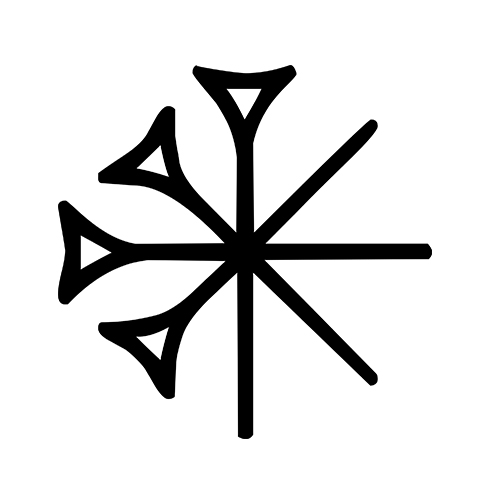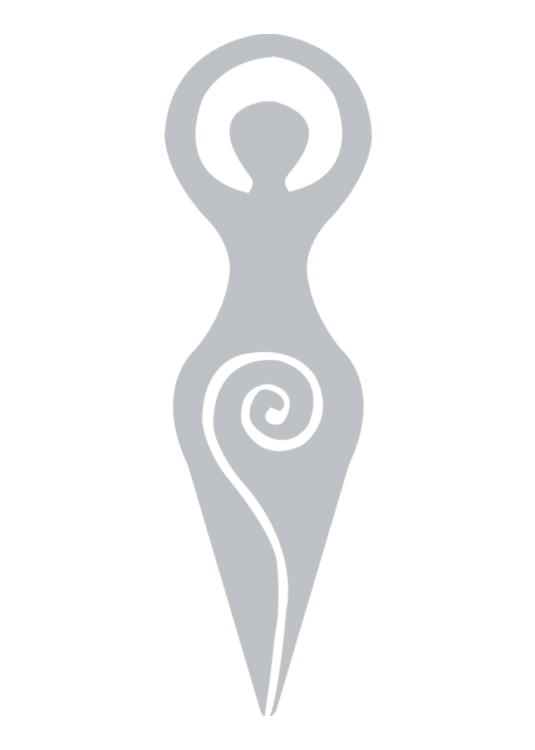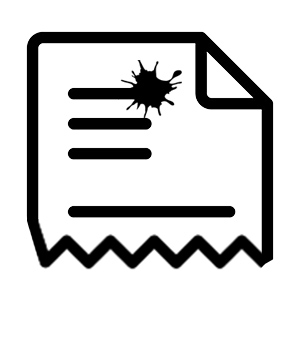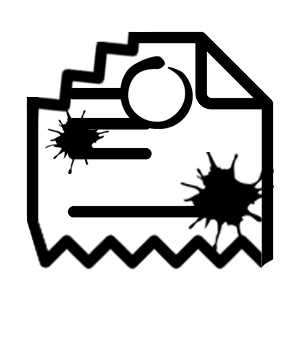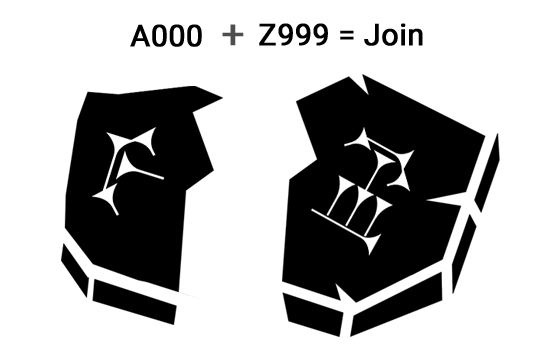CBS 15162, N 953, and N 3200 are joined clay tablet fragments that contain lines 338-349 (obverse side of CBS 15162), 345-354 (obverse side of N 953), and line 358 (obverse side of N 3200) of "Inanna's Descent to the Netherworld," a Sumerian afterlife myth in cuneiform script. The reverse side of the tablet contains another myth (composition). These three fragments provide important lines for key plot moments during "Inanna's Descent."
CBS 15162 was originally published by Samuel N. Kramer in 1942 and is currently located at the Penn Museum. N 953 was originally published by William R. Sladek in 1974 as part of his PhD dissertation on "Inanna's Descent" and is located at the Istanbul Archaeology Museum. N 3200 was never published, but is likely also at the same location as the other "N" series tablets.
While these artifacts don't provide very many lines towards "Inanna's Descent," they do contribute towards helping scholars understand how Inanna came back to life.
CBS 15162, N 953, and N 3200 were discovered during excavations in modern-day Iraq during the 1890s. The Penn Museum and Ottoman Museum (Turkey) conducted a joint expedition to uncover artifacts from ancient Mesopotamia. The Penn Museum kept half the artifacts and gave them the CBS prefix. CBS 15162 was published in 1942 by Samuel Kramer in the Proceedings of the American Philosophical Society, volume 85. This publication is abbreviated as PAPS 85. This publication included sketches (line art) of the artifacts, allowing them to be translated by Kramer.
N 953 is a small artifact and was published by William Sladek in 1974 as part of his PhD dissertation at Johns Hopkins University as Figure VIII.. N 3200 is said to be unpublished, but the CDLI page notes that plate number 33 of a publication by Jeremiah Peterson (who is working at UCLA as of June 2019) may contain the artifact. The publication references an artifact at the Penn Museum, but it does not seem to be in English.






